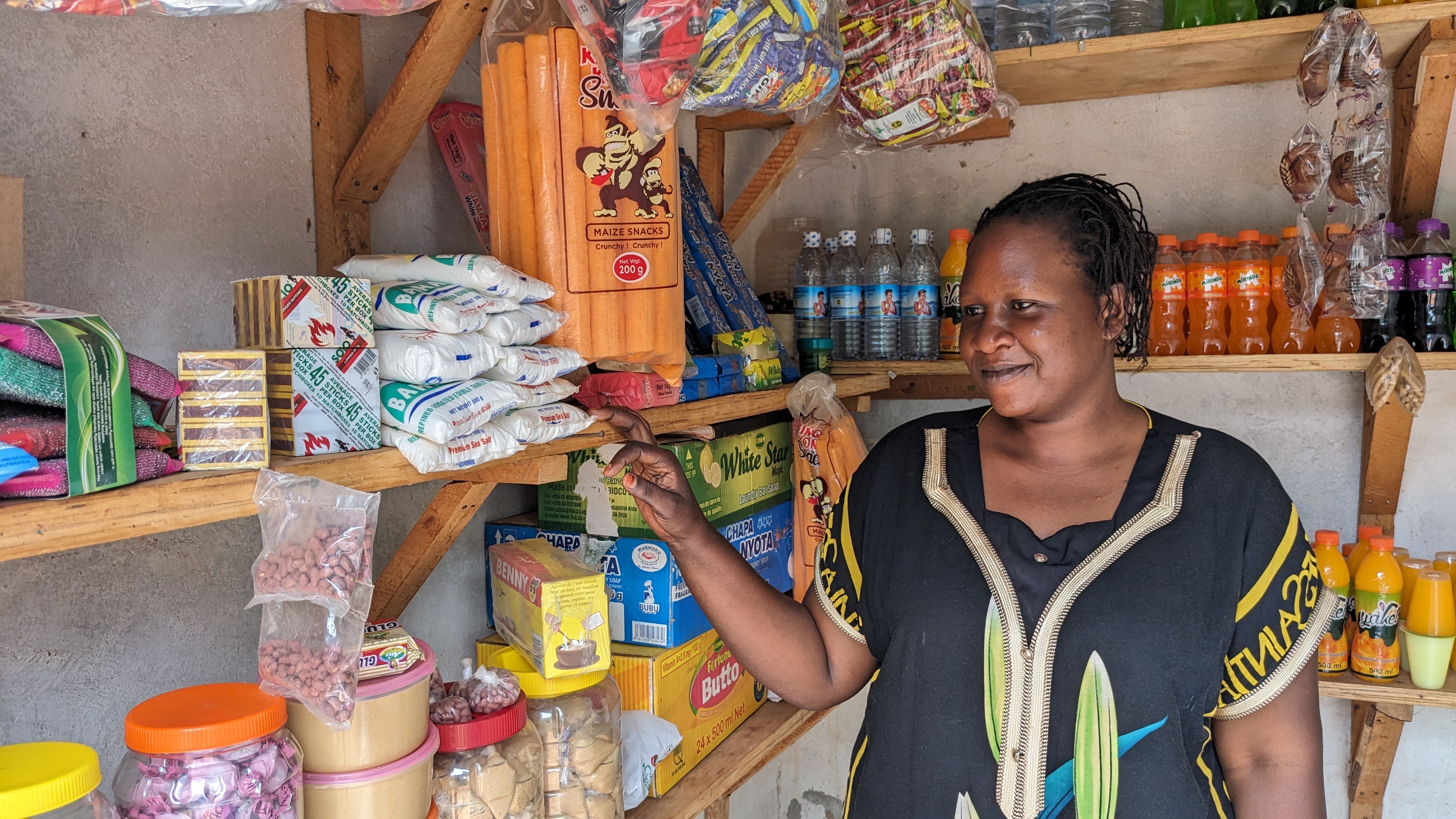If you regularly check our website, blog, or Facebook page, you may have noticed something you don’t often see: stories and photos of our recipients. Given how closely we interact with recipients and how prominently stories feature in most nonprofits’ messaging, you may be wondering if we’ve completely missed the marketing boat.
We try to anchor everything we do in data and rigorous evidence, and our marketing reflects that. So imagine how different GiveDirectly would look if, instead, we marketed by picking the “best” stories: instead of a page on our website dedicated to evidence on the effectiveness of cash transfers, you would see a page titled “success stories,” filled with stories about our recipients who spent their transfers in the most innovative ways. You might read about the recipient who bought a solar energy system and charges neighbors to charge their phones, and about the man who bought a keyboard and gets paid to play gigs around town.
The problem with this strategy isn’t that the stories aren’t true, or relevant – of course they are – but they clearly aren’t representative of all of our recipients. We believe that stories and qualitative information can be informative and powerful, but their value depends on the manner in which they’re shared. When individual stories are shared without sufficient context into how they were chosen or how they compare to the average, they can create a misleading picture of how the organization uses donors’ dollars and the impact they ultimately have. This would be unfortunate for individual donors – and could be dangerous for policymakers and institutional funders, who fund and influence programs at massive scale. If we shared our favorite stories without any context, you might think, for example, that the woman who was able to afford eye surgery and see for the first time in two decades is representative of the average recipient.
As we scale our program, we’re accumulating more and more great stories – and, of course, the occasional not-so-great story – and color about recipients’ experiences with cash transfers. We want to share more of these to help you assess our work and – equally important for some donors – connect with the people whose lives we are affecting. To keep ourselves honest when doing so, we’ve decided to stick to three rules:
- Share everything, as in this blog post on interesting spending choices;
- Select recipients randomly so that every recipient’s story has an equal chance of being shared, as we do weekly on Facebook. Or, explicitly state if the recipient was not chosen randomly and why, as in this post on a recipient who experienced an adverse event; and/or
- Provide contextualizing data so the reader can determine how representative of the average the story is. For example, if we relay a case of a woman who used her transfer to pay for a surgery, we’ll also share any data we have on average spending on medical expenses.
By bounding our use of stories in this way, we hope to give you a more balanced and transparent view into what happens as a result of your giving – not a view defined by what we happen to think is “good” or “interesting.” Our goal is to provide more insight into the richness of recipients’ lives and experiences, while honestly representing our work and impact.
We’re very much still experimenting with the best way to share stories, and would love your feedback on our approach so far. We hope that this gives you confidence in all types of information we share with you – and maybe even inspires you to hold other organizations to a higher bar. So, next time you visit another organization’s website, take note of whether there’s a tab called “success stories” or one called “evidence,” and ask yourself what message this is sending.

